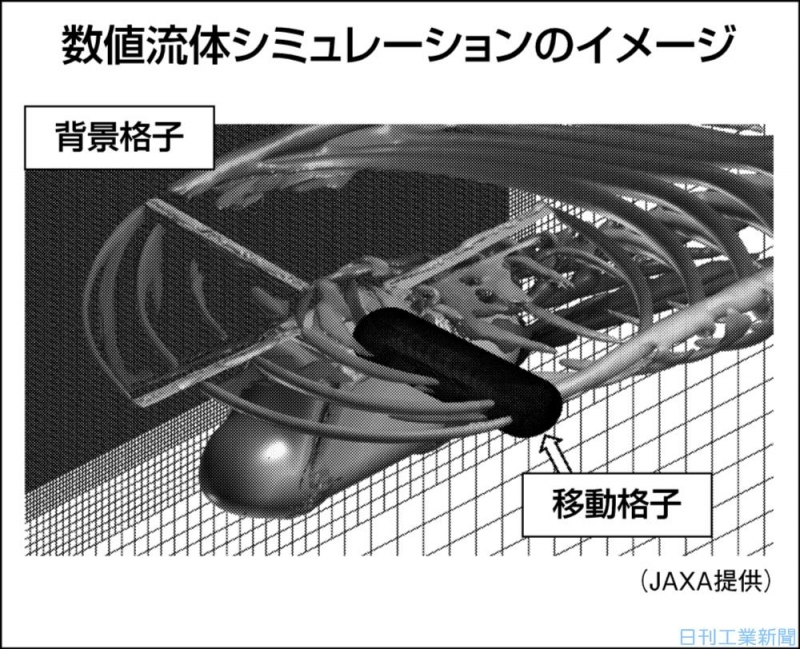

JAXA: CFD solver / FaSTAR development: 3 times faster than NASA
-Sophistication and speed-up of aircraft design-
Aircraft design and development:
In the current aircraft design and development, alternatives to wind tunnel experiments have emerged.
Computational fluid dynamics (CFD) has become indispensable.
Japan Aerospace Exploration Agency (JAXA):
You can predict the aerodynamic performance of an aircraft at ultra-high speed, even for extremely complex shapes.
We have developed our own CFD solver “FaSTAR”.
CFD solver “FaSTAR”:
Rotor and
In-engine fan,
For structural vibration of wings due to structural deformation,
We have developed “FaSTAR-Move”.
“FaSTAR-Move”:
It is beginning to be used in educational institutions and companies.
Recently, we have implemented the “method that can significantly reduce the above-mentioned calculation cell search cost”.
It is hidden from the world’s top level solver developed by NASA.
Achieved up to 3 times faster speed.
Future fields of use:
Using FaSTAR-Move,
Flying robots (drones) and
For flying cars
It will be possible to apply CFD analysis as a practical design and development tool.
How CFD works:
The space surrounding the aircraft is divided into thousands of regions, and the fluid equation is solved in each region (calculation cell).
“Mobile polymerization lattice method”:
In rotorcraft analysis, the “moving polymerization grid method” is often used, in which a grid for the airframe and its surroundings (background grid) and a grid for rotating parts (moving grid) are superimposed and calculated while exchanging information between the two. I will.
Complex shape analysis:
This is a convenient way to calculate different movements separately.
However, it is always necessary to search which calculation cell in the background grid the moving grid is on.
When trying to analyze a complicated shape, the calculation load becomes very high.
New switch